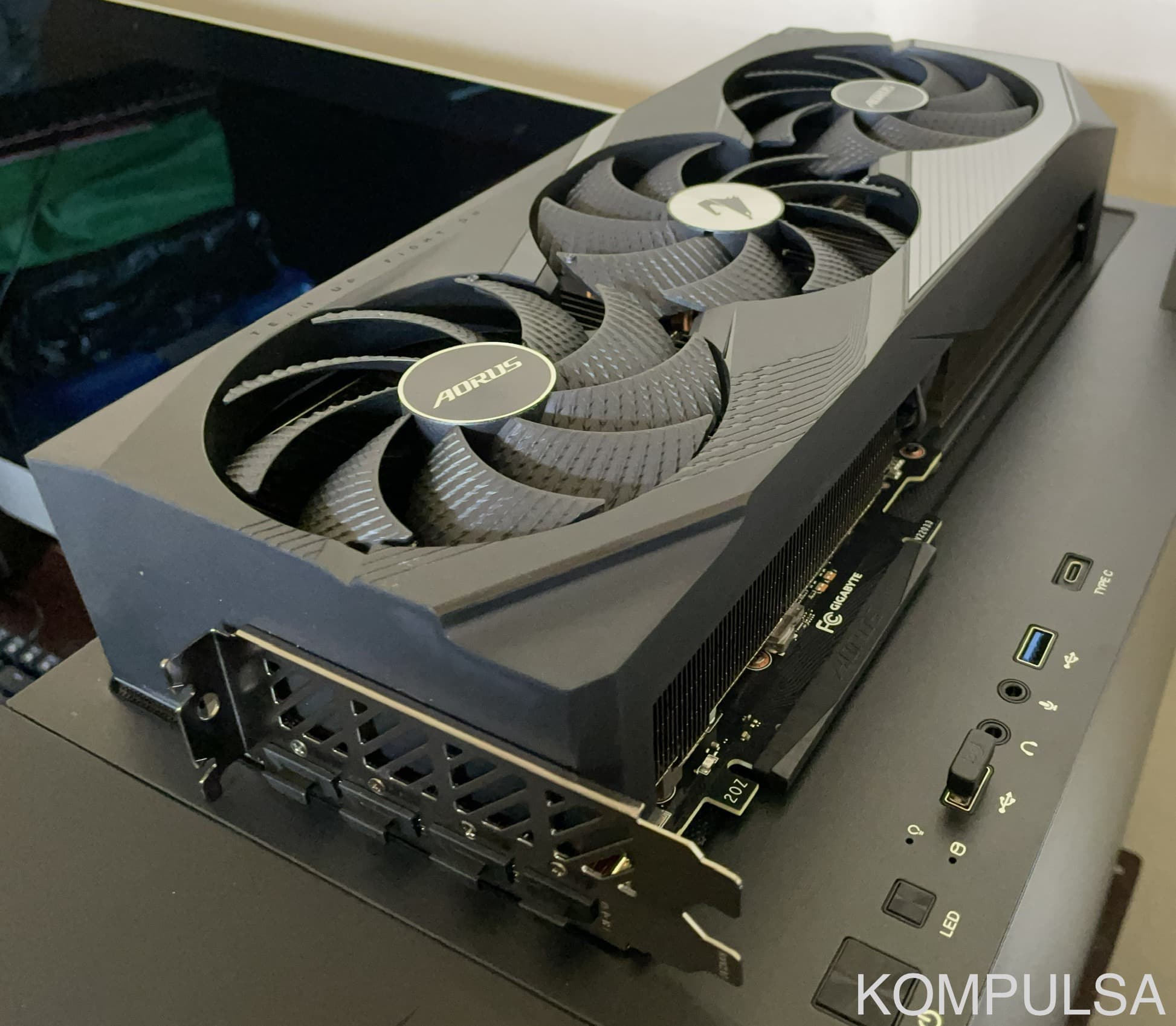Researchers at the University of California, Berkeley (often called UC Berkeley), partly led by Edward Arens, in the Center for the Built Environment (CBE) developed a system designed to cool and heat the most “thermally sensitive” parts of the human body to maximize efficacy.
This is called the Personal Comfort System (PCS). It was funded by a $1.6 million grant from the California Energy Commission.

Image obtained with thanks from: UC Berkeley.
The “thermally sensitive” areas are the feet, torso, and face/head. The system consists of devices integrated into workspaces (even in the chairs) including foot warmers, a network of web-based applications. It also contains small fans which are capable of cooling/heating users on demand. The PCS is powered by a rechargeable lithium ferrophosphate battery, according to the source, UC Berkeley.
On average, the PCS uses 2 watts to cool, and 40 watts to heat. The foot warmers utilize halogen lamps which consume an average of 20 watts throughout a typical winter day. They have a maximum capacity of 160 watts (to attest the performance of this: I have a 120 watt lamp which is very similar to halogen lamps, and it is a very effective foot warmer). The light from lamps can easily be concentrated onto the feet so it isn’t scattered into the room and wasted.
To put the efficiency of this system into perspective: Typical space heaters consume up to 1,500 watts, because they are designed to heat entire rooms, rather than the occupants only, as the PCS does.
An entire room (containing occupants) requires far more energy to heat than people alone, plus the room loses heat through its walls and ceiling.
The researchers believe this system can decrease natural gas consumption by an impressive 39%. It can decrease the electricity consumption of heating, ventilation, and air conditioning (HVAC) systems by 30%. The researchers also estimated that the system could save California $69 million annually in energy costs, while eliminating 247,000 tons of CO2 emissions.
Another important feature which the PCS has, which air conditioners and heaters lack, is the ability to shut themselves off when there are no users present. Air conditioner manufacturers are not to blame for this, as it is difficult to implement such a feature reliably.
However, it is much easier to integrate this feature into a foot warmer, as various types of sensors can be used to detect the presence of feet. Chairs can also detect occupants.
The PCS is a distributed heating and cooling system that provides users with some control over temperatures at each workstation, to reduce the incidence of coworker conflicts over space heater/air conditioner thermostat temperatures.
Workers can just cool themselves off or warm up as they see fit (to some extent) without making others too cold or hot. It will also interface with smart phone apps, software, and sensors to relay building temperatures, weather forecasts, and user satisfaction data.
As Edward Arens, the projects co-principal investigator and a professor of architecture and director of CBE, said Its even better than having a thermostat at every workstation, if that were possible.”
Others which assisted the CBE with the project include UC Berkeleys David Culler, co-principal investigator and professor of Electrical Engineering and Computer Science; the campus-based California Institute for Energy and Environment; and Taylor Engineering, a private firm specializing in design of energy-efficient building systems. The research will be supported by the campus’s Operational Excellence Energy Management Program.
There is also a consortium of 40 supportive industry members, including, but not limited to: PG&E, and the architectural and engineering firms HOK, LPA, and Perkins + Will. These firms plan to engage in field installation and other research initiatives.
100 prototypes of mesh chairs with built-in heating and cooling are being developed for the future.
Source: University of California, Berkely.




